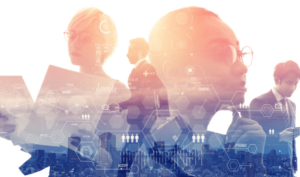
HR Trends That Matter in 2023: An Insider’s Guide
People often ask me which HR trends should be on their radar. It’s a fair question, because I organize two of the HR profession’s most

People often ask me which HR trends should be on their radar. It’s a fair question, because I organize two of the HR profession’s most

With unemployment at a historic low, companies are grappling for ways to attract and manage workers, and HR’s role has never been more important. People

If you work in HR, you know that the HR tech marketplace is absolutely exploding. Your inbox is probably overflowing with marketing emails from vendors
I love big data. I love it for many reasons, but, as I’ve said before, one of the main reasons is the way it’s “raised the
By many indications employee engagement is at a critical point. Across the board, surveys show that engagement is a problem in many organizations, leading to